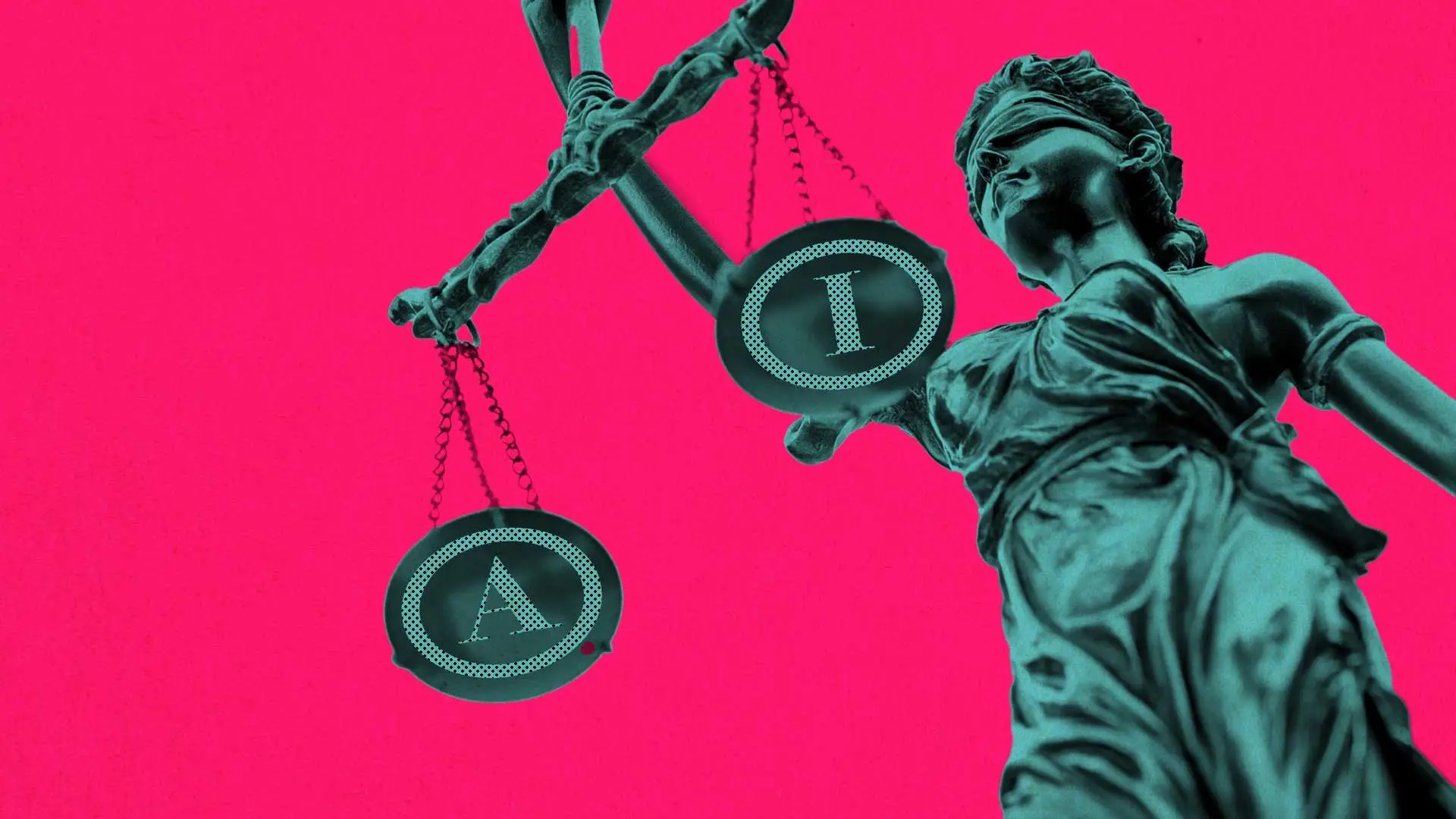Transcribing hours of jail calls, body cam footage, and other recorded evidence has become an overwhelming task for public defenders. However, a promising startup called JusticeText is using cutting-edge AI technology to address this issue and revolutionize the way evidence is transcribed. Co-founders Devshi Mehrotra and Leslie Jones-Dove, inspired by the needs of marginalized communities, have developed an innovative solution that is gaining traction in the legal field.
Key Takeaway
JusticeText, a pioneering startup, is leveraging AI technology to help public defenders transcribe and manage vast amounts of evidence efficiently. By automating the transcription process and offering innovative features, JusticeText empowers attorneys to provide the best defense for their clients.
The Challenge of Digital Evidence
With the widespread use of body cameras and other devices, law enforcement agencies generate a staggering amount of recorded evidence. On average, a single officer’s body camera captures 32 files, 7 hours, and 20GB of video per month. When multiplied by the hundreds or even thousands of officers in a police force, the volume of evidence becomes unmanageable for public defenders. This further exacerbates their already overloaded caseloads, which are often three to ten times the recommended amount.
Introducing JusticeText
Mehrotra and Jones-Dove founded JusticeText to address the transcription challenges faced by public defenders. JusticeText’s innovative platform automatically transcribes body cam footage, interrogation videos, and other forms of evidence. This allows attorneys to take time-stamped notes, create video clips, and easily share evidence with their colleagues. Additionally, JusticeText’s feature that provides summaries of the uploaded evidence in several sentences streamlines the review process.
One of JusticeText’s standout tools is MirandaAI, powered by ChatGPT. This tool enables attorneys to ask free-form questions about their discovery, helping them extract crucial information efficiently. For example, they can inquire about implicit promises made to a client or request a timeline of events described by a witness. By leveraging AI technology, JusticeText aims to empower public defenders with the tools they need to provide the best possible defense for their clients.
Addressing Concerns
While the concept of uploading evidence to a platform like JusticeText may raise concerns about privacy and data security, the team at JusticeText takes these issues seriously. They have implemented measures to protect confidentiality and ensure data encryption both in transit and at rest. JusticeText only generates summaries for transcripts above a certain confidence threshold and provides users with the ability to redact confidential information. The startup also affirms that uploaded data is not used for model training without explicit permission.
Success and Future Plans
JusticeText has made significant strides since its inception. The startup recently closed a $2.5 million funding round backed by notable investors such as Bloomberg Beta, True Ventures, Reid Hoffman (co-founder of LinkedIn), and former Stockton mayor Michael Tubbs. It has expanded its customer base to include state-wide public defender systems in Massachusetts and Kentucky.
Currently, JusticeText collaborates with over 100 public defender agencies, nonprofit service providers, and private practice criminal defense firms across the United States. With $1 million in annual recurring revenue, the startup is experiencing rapid growth.
In the near future, JusticeText plans to introduce a Spanish to English translation capability and support for “multi-language” recordings that contain both English and Spanish speech. By expanding its team and enhancing its marketing and communications efforts, JusticeText aims to reach more public defenders and provide them with indispensable tools to navigate the ever-growing complexities of digital evidence.

























